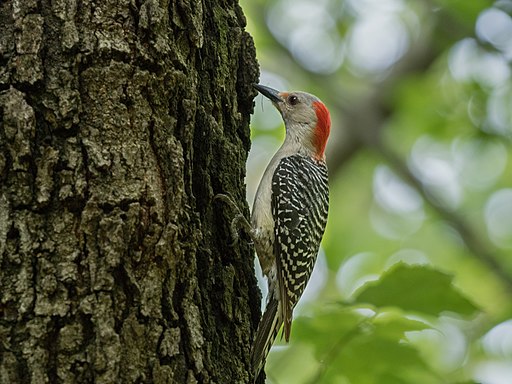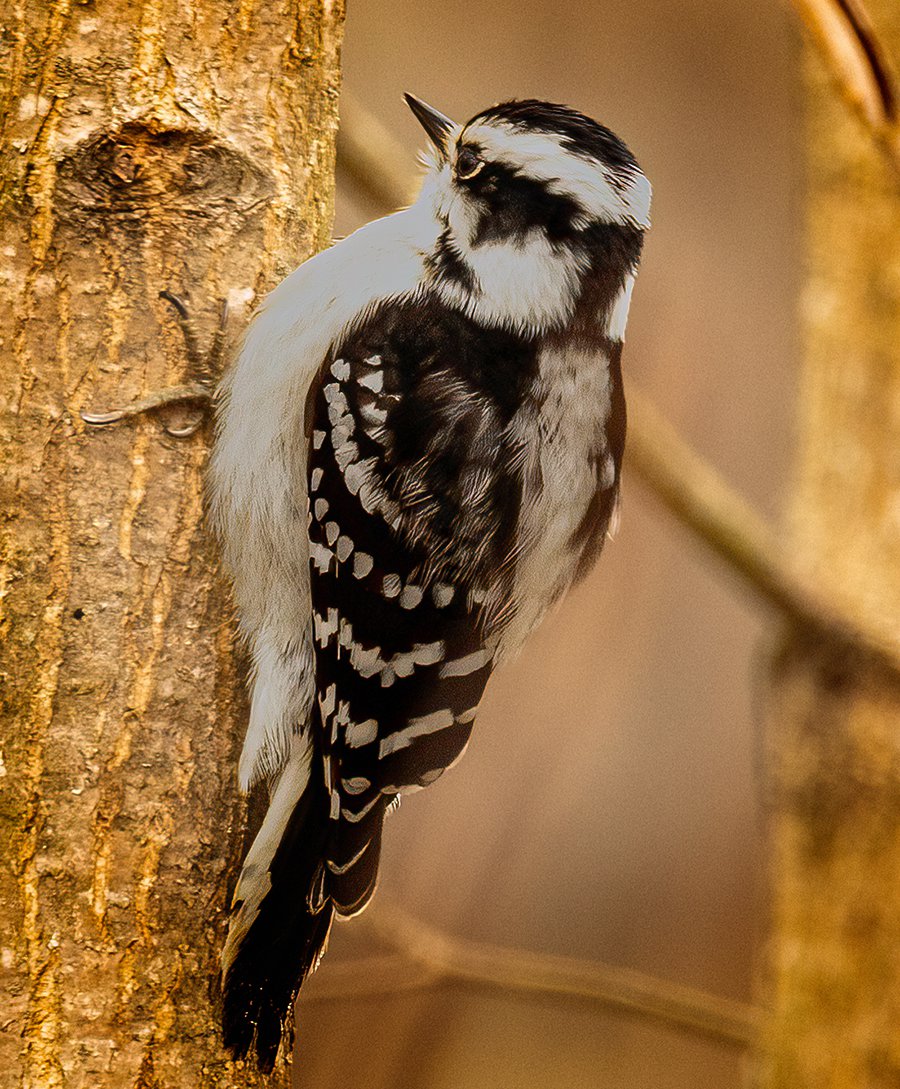Discovering Woodpeckers in Florida Habitats: Where to Identify These Birds
Discovering Woodpeckers in Florida Habitats: Where to Identify These Birds
Blog Article
Discover the Interesting World of Woodpeckers: Everything You Required to Know
The world of woodpeckers is a realm filled with distinct actions, elaborate adjustments, and a varied array of varieties. From their environments and circulation patterns to their feeding habits and specialized physiological features, woodpeckers have long mesmerized the rate of interest of ornithologists and nature fanatics alike.
Woodpecker Habitats and Circulation
In North America, for instance, woodpeckers can be found in both coniferous and deciduous forests, utilizing their solid beaks to forage for bugs and create nesting dental caries in trees. In Africa, particular woodpecker species have adjusted to arid environments, such as the acacia forests, where they play an important duty in controlling insect populaces.

Feeding Behaviors and Diet
Amongst the numerous facets of their behavior, woodpeckers display distinctive feeding routines and dietary choices. These birds are primarily insectivores, with a diet plan that includes ants, beetles, caterpillars, and other bugs located in trees. Woodpeckers use their solid beaks to drill right into the bark of trees, probing for pests and larvae concealed below the surface. In addition to insects, woodpeckers also take in nuts, seeds, fruits, and sap. Some species have specialized tongues with barbed suggestions that aid them extract pests from crevices in wood.
Woodpeckers are recognized for their drumming behavior, which offers not just to communicate with various other woodpeckers however additionally to find food. The rapid drumming audio is created by the bird pecking on powerful surface areas like dead trees or steel posts. This habits can bring in insects concealed in the wood, permitting the woodpecker to identify their presence and eat them.
One-of-a-kind Adjustments for Tree Climbing
In their experienced quest of bugs hidden within tree bark, woodpeckers have advanced exceptional anatomical attributes that outfit them with special adjustments for reliable tree climbing. Among the key adjustments is their zygodactyl feet, with 2 toes directing ahead and two pointing backwards, supplying a strong grip on tree trunks. This customized foot setup permits woodpeckers to hold on to vertical surface areas easily, allowing them to go up and down trees with agility. Furthermore, woodpeckers have stiff tail feathers that serve as a supportive prop while they climb, assisting in balance and security. Their solid, chisel-like beaks are not just made use of for exploration right into timber yet additionally for gripping onto bark as they rise tree trunks. In addition, woodpeckers have solid neck muscles and a special head framework that take in the effect of continuous pecking, allowing them to climb up up and down without triggering harm to their brains. These adjustments display the incredible evolutionary design that allows woodpeckers to navigate trees with accuracy and performance.
Diverse Woodpecker Species Worldwide
With over 200 various species spread across various habitats worldwide, the household of Discover More Picidae incorporates a remarkable variety of woodpeckers. These birds can be located in forests, forests, savannas, and even city locations, showcasing their adaptability to various atmospheres. From the iconic Northern Flicker in North America to the vivid and elusive Crimson-backed Flameback in Asia, each woodpecker varieties displays unique features in find terms of quill, habits, and environment choice.
Woodpeckers vary significantly in size, with the petite Downy Woodpecker measuring around 6-7 inches in length, while the effective Lineated Woodpecker can reach up to 17 inches - Woodpeckers in Florida. Their beaks likewise come in different sizes and shapes, showing their feeding routines. Some types focus on extracting insects from tree bark, like the Acorn Woodpecker, while others, such as the Black-cheeked Woodpecker, prey on fruits and seeds

Preservation Initiatives and Difficulties
Preservation campaigns for woodpecker populations are essential in reducing the impact of environment loss and other dangers encountering these varied bird species. Woodpeckers deal with various obstacles to their survival, mostly due to logging, urbanization, environment adjustment, and invasive types. To deal with these issues, preservation efforts go now concentrate on securing and bring back woodpecker environments, executing sustainable forestry methods, and increasing recognition concerning the relevance of these birds in ecosystems.
One considerable difficulty in woodpecker conservation is the fragmentation of their habitats, causing separated populations that are more prone to termination - Woodpeckers in Florida. Guardians work to develop wild animals corridors and protected locations that link these fragmented habitats, permitting woodpeckers to move in between various areas for feeding, breeding, and shelter

Final Thought
In verdict, woodpeckers are remarkable birds with distinct adjustments for tree climbing and feeding actions. Further study and conservation activities are needed to make certain the survival of woodpeckers in the wild.
Report this page